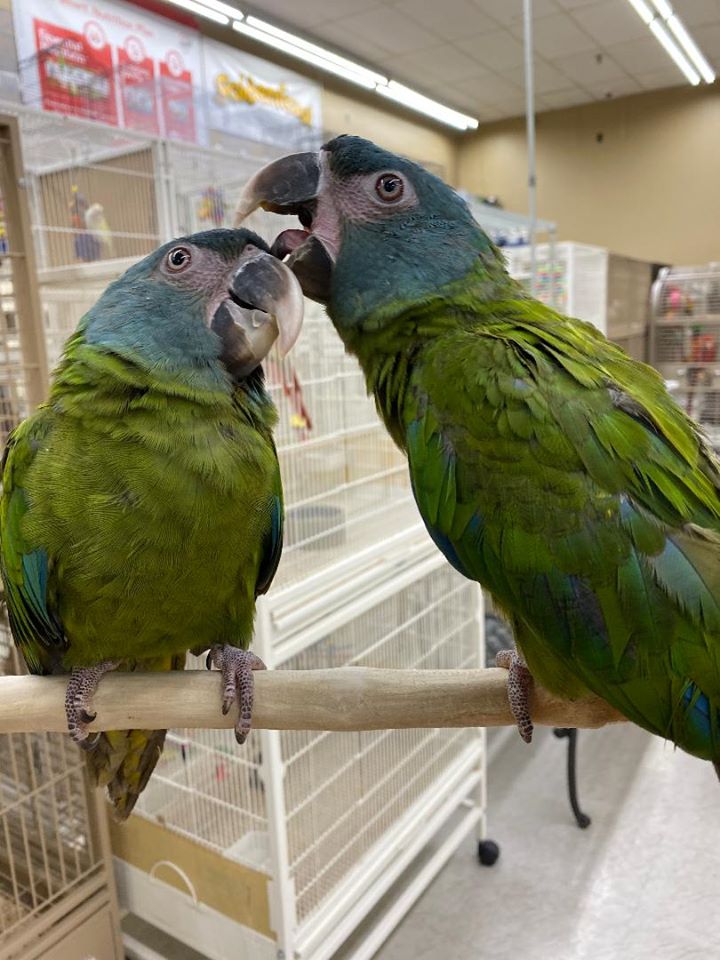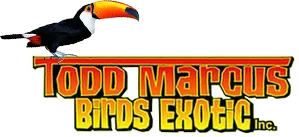A Look at 5 Common Parrot Behaviors
Just like people and other animals, parrots will tell you a lot about how they’re feeling through their body language. However, if you’ve never spent much time with parrots before, then it may be difficult to decode their behaviors. As a bird owner, it’s important to be able to learn to read your bird so that you can foster a positive relationship with them.

While habits vary slightly between species, the following behaviors are common in most parrots:
Eye pinning
What it is: When a parrot rapidly shrinks and dilates their pupils in succession. It is easier to observe in birds with light-colored irises.
What it means: Eye pinning can either be a sign of surprise or excitement, or agitation or anger. For example, many birds will display pinning eyes while they are vocalizing or playing with a favorite toy. On the other hand, if pinning eyes are accompanied by other signs, such as a flared tail, the bird may be feeling threatened. Either way, if your bird is pinning their eyes, it is not a good time to handle them — whether you’re interrupting their fun or something is threatening them, they are likely to bite in response.
Beak grinding
What it is: Side-to-side sliding of the top beak over the bottom, creating a gentle clicking noise.
What it means: Birds most often do this as they are getting ready to go to sleep. It is a sign of contentment, so if you hear this, it means your bird is happy and relaxed!
Beak wiping
What it is: Wiping the beak from side to side, usually on a perch or another surface.
What it means: If your parrot has just finished eating, then it may wipe its beak to remove food that has gotten stuck. Other times, your bird may do this as a display of marking their territory, especially in the presence of another bird.
Regurgitation
What it is: Bobbing head and stretching neck to spit up small amounts of food.
What it means: In nature, birds will regurgitate for their mate, typically while they are sitting on the nest and cannot get food for themselves. If your parrot is regurgitating for you, it is a sign of affection. However, pay attention; if your bird regurgitates frequently right after they eat, it may be a sign of illness.
Tail wagging
What it is: Tail feathers wagging back and forth.
What it means: Just like a dog, parrots may wag their tails when they are happy to see you! One caveat: a quick tail wiggle may also be an indication that your bird is about to *ahem* drop a little something. Recognizing this sign can be very helpful with potty training your bird.
The more time you spend with your bird and observe their behaviors, the more confident you will be in the subtle cues that they are giving you about how they’re feeling. Knowing the times when your bird is happy and ready to interact will help you to strengthen your bond.
Got a question about something that your bird does? Let us know! We’re always happy to answer any questions you may have.







